Posted on Jan 17, 2020
How a Cartoonist for Hire Can Get Your Book's Point Across
Nate Fakes is a professional syndicated cartoonist for MAD Magazine. His work has been published worldwide in greeting cards, newspapers, magazines, books, and numerous other places. As a cartoonist-for-hire and a book illustrator, you can check out his profile on Reedsy.
If you run across a cartoon, more than likely, you’ll notice it. No, trust me: you probably will. Think of the last time you didn’t pay attention to a cartoon? They pop up on your social media feeds, on greeting cards, magazines, and —every so often— books. Cartoons get noticed and leave a lasting impression. You read them, hopefully, get a laugh, and they stick out like a sore thumb. (But unlike a sore thumb, cartoons can hurt from too much laughter.)
When I talk about using cartoons, the first thing I hear at the end of the conversation is usually, “Wow! I never thought of using cartoons before. When you explain it, it all makes sense!”
Cartoons work well in many mediums, and books are certainly no exception. Tony Robbins uses them in business and self-improvement books like Awaken the Giant Within. Jeff Kinney’s Diary of a Wimpy Kid series of middle-grade novels are structured around illustrations. They’re practically a mainstay in certain types of how-to books. You’ll see them appear in memoirs, gift books, regional books, and… I can go on and on.
Using cartoons in your book
Images like cartoons can work wonders on your book, as long as they’re developed the right way, of course.
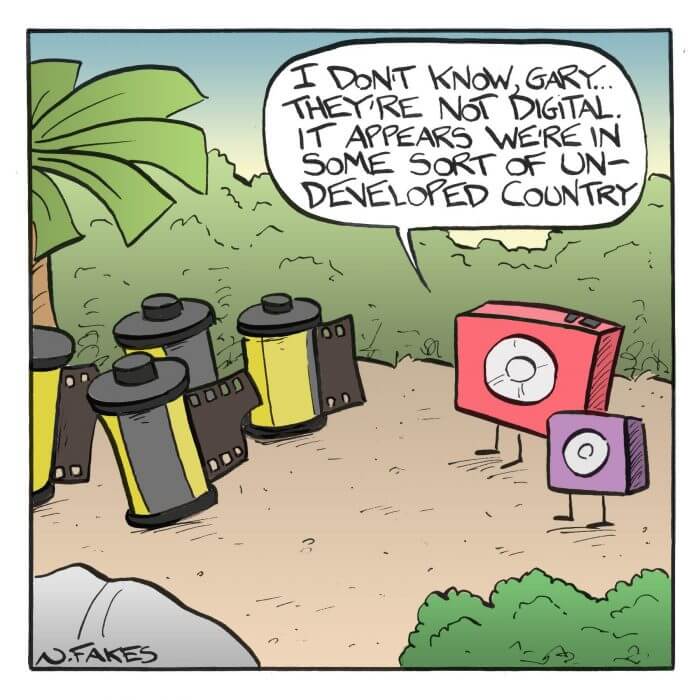
Most importantly, cartoons can help to humanize a dry topic. If you want to keep readers interested between chapters, a well-placed cartoon will add a much-appreciated burst of levity or humor.
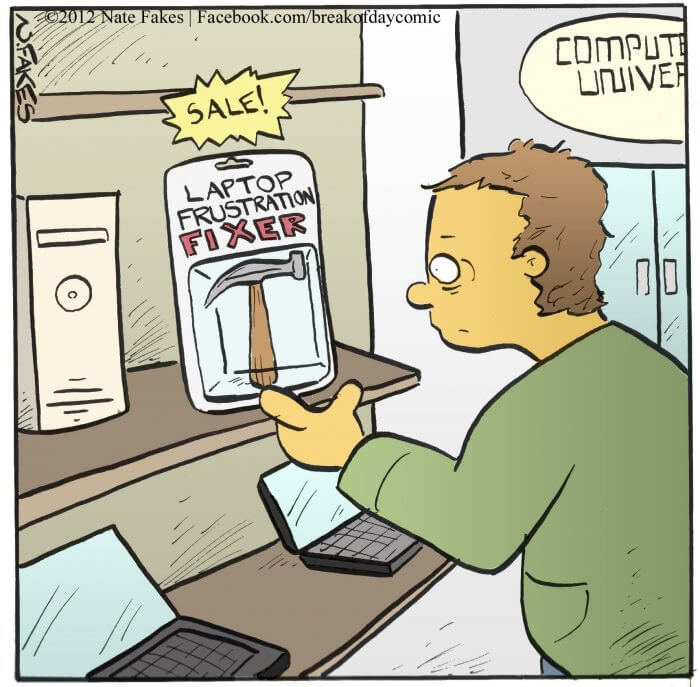
Give your social media channels a boost
Now, more so than ever, cartoons are also a great marketing asset. They can add a lot of character to your website, blog, and social media; people will “like” and share them; they might even stick a good cartoon up on their fridge.
A good example of this is a cartoon I created for 21st Century Fox and Super Bowl LI. They wanted a custom cartoon about the upcoming game and the new technology that was included. Their post that featured the cartoon had the highest number of views on their blog and —to this day— is still the most popular post of all-time.
Actor George Takei has used over a dozen of my cartoons to help improve his social media presence. Currently, he’s up to over 10 million followers on Facebook. Here’s an example of how a cartoon can get shared by tens of thousands:
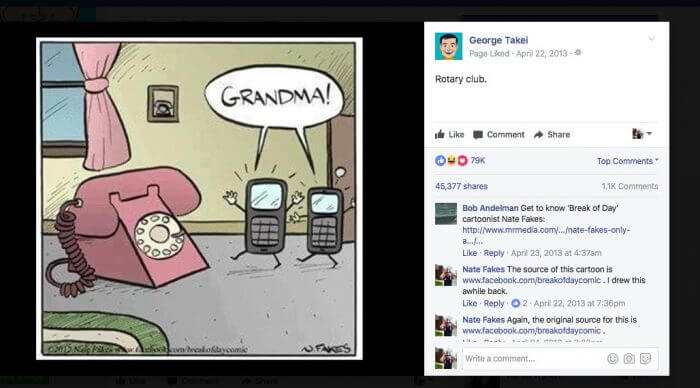
The key is: cartoons get people talking. If the cartoon does its job well, it will get noticed — and whoever’s platform it’s featured on will get noticed, too.
There are sites with cartoons available for licensing like Cartoonstock and Gag Cartoons, to name a few.
Working with a Cartoonist for Hire
If you really want to personalize your book, blog, newsletter, or social media project, consider hiring a professional cartoonist to create something unique. It’s a great way to enhance any publication with cartoons that are new and fresh. Cartoonists can take almost any idea and run with it. And if you get a true professional, think of this cartoon almost as a celebrity endorsement. They’re using their work to help your book. It’s not as affordable as licensing out cartoons, but it will add a certain quality to any manuscript.
Costco used the following custom cartoon that I created with my company, BizComics, to demonstrate how much people enjoy the free samples at their wholesale stores. The same concept can be applied toward your book.

To go back to the first point I made in this post, answer this question: did you read the cartoons on this post? Thought so.
How to Find the Right Cartoonist for Hire
By now, you might be wondering how exactly you can snag some custom-crafted, eye-catching images to complement your writing. There’s no shortage of gifted cartoonists on platforms on the Reedsy marketplace, but finding the perfect one for your project can be daunting. Not to worry! Let’s go how to hire your dream collaborator and help them create the best possible cartoons for your book.
We’ll walk you through the whole process, from winnowing down your shortlist of potential cartoonists to making sure you and your final pick are on the same page — literally and figuratively. Without further ado, here’s how to the right cartoonist for hire, in 7 steps.
1. Consider how much you’re willing to pay
You lavished time, effort, and creative firepower you’ve lavished on figuring out the writing process, and you’ll want to make sure the final product is as polished as your prose. That means the cartoons you commission to complement your text should be of the highest quality possible. And needless to say, you can’t expect a cartoonist to do top-notch work for free.
The total cost of getting bespoke cartoons for your book will vary depending on the number of images you want, the complexity of each image, and the experience level of the cartoonist you hire. To make sure you’re not caught unawares, you should set a reasonable budget before you start scouting out potential collaborators.
A set of customized, professional-quality cartoons will likely cost you in the mid-triple digits. While cover art makers on Reedsy charge an average of $700 per assignment, interior illustration — including cartoons — generally may go for slightly less (depending, again, on the complexity of the job).
To keep yourself honest — and make sure you’re on the same page with any potential collaborators from the get-go— set a pricing threshold that you’re definitely not able to go over. Whether that’s $250 or $2,500, you should be able to work something out with a cartoonist who suits your needs.
2. Think about what you need from the cartoonist
Now that you’ve got a maximum budget in mind, it’s time to start thinking through how best to use those dollars. Now, you get to come up with a vision for how the cartoons you commission will fit into your budget.
Think about how many cartoons you want, and the role they’ll play in communicating your story. If your book is a how-to manual, you might use cartoons as jazzed-up diagrams: a way to break down complicated instructions in a fun, eye-catching way. If you’re writing a humorous novel, on the other hand, you can exploit your cartoonist’s flair for visual humor to make your comedic set-pieces really pop. The possibilities are endless: you just have to work out how to harness the visual language of cartoons to enhance your message.
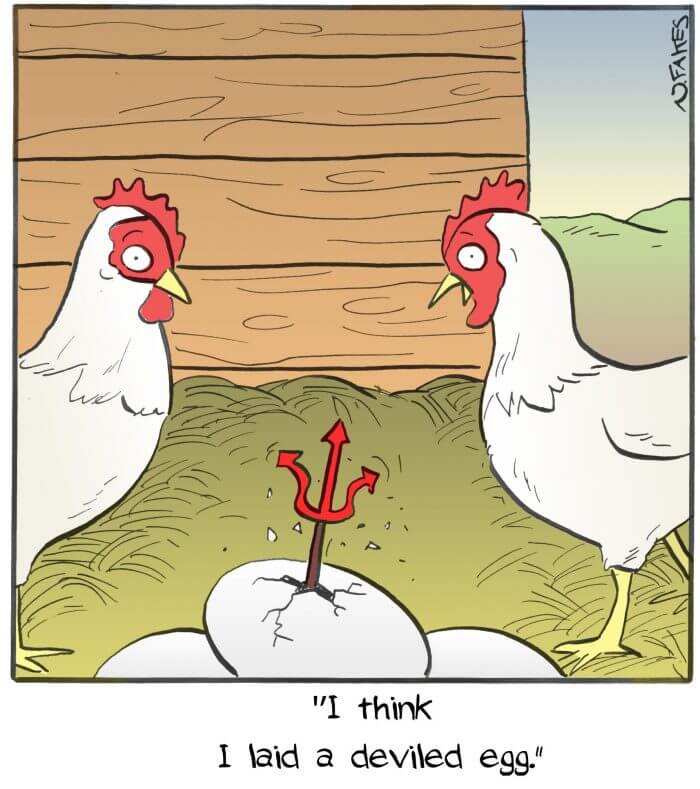
Once you have a holistic sense of the work these cartoons will do, you can start thinking about the technical specifics. Full color, or black and white? Intricate line-art, or bold, minimalist shapes? How detailed will the cartoons be? You might have to slightly rejig these expectations once you’re actually in conversation with your chosen cartoonist for hire, but you should start with some ideas already in mind: it’ll make it that much easier to communicate with your eventual collaborator.
3. Look through the candidates’ portfolio to draw up a shortlist
You’ve got a sense of what you’re looking for in a cartoonist for hire, so it’s time to start digging into potential collaborators!
The Reedsy marketplace allows you to compare quotes from five cartoonists at once, so you don’t have to commit right away: you can do some research to make sure the collaborator you end up with is really the right fit for your book. Take advantage of this flexibility and put together a shortlist of at least 2-3 cartoonists you might want to work with.
To narrow down your choices, spend some time looking through the past work of the available cartoonists for hire. Does someone’s distinctive style immediately draw your eye? Add them to the list! Does a more eclectic portfolio have you wavering, because some of the pieces leave you cold, while others would look right at home facing your title page? That cartoonist might be one to consider too.
4. Come up with a precise job description (with pictures!)
Chances are, browsing through these galleries of finished work will help you refine your rough ideas of how your cartoons should look. That’s perfect, because it’s time to start contacting the cartoonists on your shortlist! For this part, you’ll need a clear idea of what you want your future collaborator to draw.
We all know a picture is worth a thousand words — after all, that’s exactly why you’re getting a cartoonist to amplify the impact of your words! But there’s a flip-side to this chestnut: cartoons are really hard to describe through words alone.
Still, you’ll have to try your best. When you contact a cartoonist for hire through the Reedsy marketplace, you’ll be able to send them a “brief” outlining the work you want done. Be as precise as you can at this point, getting into:
- the nature of your book, including its topic and audience,
- the number of cartoons you want,
- the dimensions of each drawing, and
- the palette, whether full color, grayscale, or black-and-white,
- detailed descriptions of each panel or scene, if you have them.
Luckily, you can supplement this textual description with a couple of mockup drawings to give the cartoonists a clearer idea of what you’re asking for. Think of these as rough blueprints for them to work off, fragments of pure imagination that they’ll flesh out into art.
5. Ask finalists to draw a sample cartoon — and offer to pay
Once your shortlisted cartoonists have gotten back to you, you may want to ask them for a sample cartoon. That way, you’ll get a sense of how your vision looks when it’s translated into their distinctive style. You’ll also get to compare your shortlisted candidates directly, since you’ll be looking at their interpretations of the same prompt, rather than the very different work samples they have on their portfolios.
This test drawing is still a bespoke piece of artwork, so you should offer to pay, so subtract the cost of this sample from the budget you set earlier. Think of it this way: you may be saving in the long run, because you’re ensuring you don’t accidentally hire a cartoonist who isn’t a great fit.
Your instructions for this test cartoon can be as detailed — or as general — as you like. You may want to test each cartoonist’s flair for working off vague descriptions, or you could prefer to evaluate their ability to follow detailed briefs to the letter.
6. Pick your finalist based on their style, your budget, and the needs of your project
Once you’ve gotten the sample drawings in, it’s time to pick a collaborator — keeping your budget in mind, of course!
Keep in mind, you’re not looking to crown the best cartoonist of all time: you’re trying to find the best cartoonist for your book. That means evaluating each artist in the context of your book project, instead of considering the quality of their art in a vacuum.
Just think: a cartoonist whose sample drawing you admire so much you think it belongs in a museum might be a flawed fit for this job, compared to a less technically proficient artist whose work looks more at home next to your words. A simpler drawing may be better than a lavish, Rembrandt-worthy piece if the former brings out the beauty in your text, while the latter overshadows it.
7. Establish clear expectations for how you’ll work together
Congratulations— you’ve finally found the perfect cartoonist for hire! Now comes the fun part: collaborating on a wonderful work of art to enhance your book.
To make sure this process is a smooth and productive as possible, make sure the two of you set clear expectations for how you’ll work together. Will the cartoonist help shape your vision, or simply execute it to the letter? How many drafts of each panel do you expect? What does the schedule look like for getting it all done?
Once you’ve nailed down the nitty-gritty, you and your cartoonist for hire are sure to make something spectacular through the combination of your talents.
Head to the Reedsy Marketplace for free quotes from Nate and other award-winning book illustrators. If you have any questions about cartoons in books, leave it in the comments and Nate will do his best to reply.
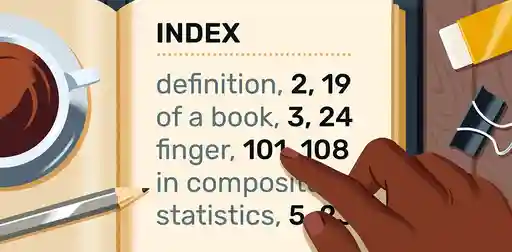
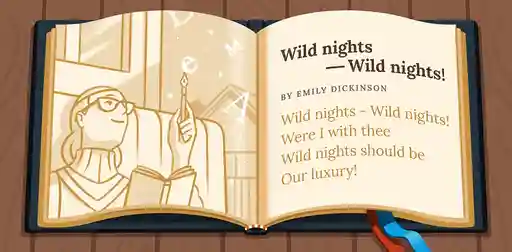
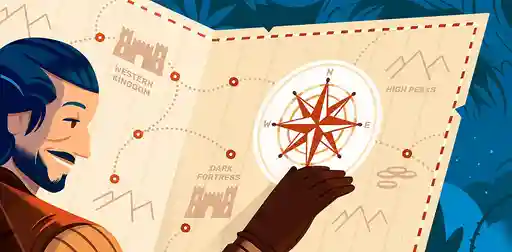
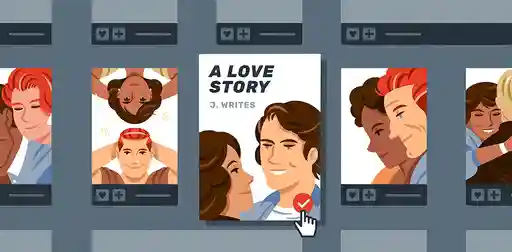
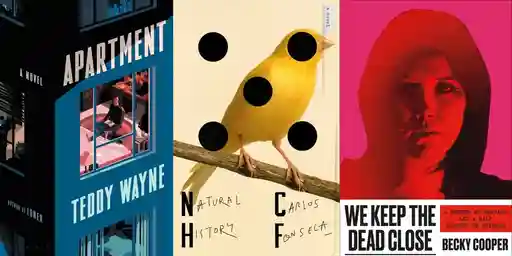

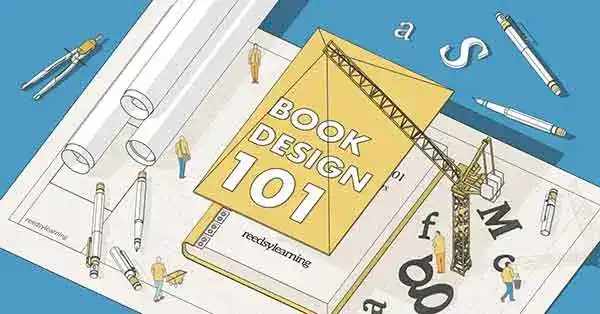

2 responses
Ellen Kozak says:
15/06/2017 – 20:39
Oh, man, where to begin? First of all, do not take this article to mean you can use a cartoon you've found somewhere. You'll need permission-- and perhaps not just that of the cartoonist. There might be restictions on it depending on who published it, and to what purpose. Second, there needs to be a license IN WRITING between you and the cartoonist. What rights you acquire (for example, to use the cartoon on the cover as well as inside, or in other editions of your book, or in advertising for your book, or in posters for speeches you might give) depends on what the cartoonist is willing and able to sell, and for how much. You need a lawyer who understands these things to put the agreement together, even if it appears to be simple, because there are all kinds of protections built into the copyright laws of whatever country you are publishing inn and this could be even more complex if you intend to publish in more than one country, as copyright laws differ. The cartoonist may have a standard agreement, but it may not include things you want or need-- and he or she may have borrowed it from a friend or found it on line, so it may not satisfy what either of you wants or needs. This is where (ahem) we copyright lawyers come in: good fences make good neighbors, and what you want is an agreement that covers what each of you wants and expects. A little money for this up front can save you a bundle later-- especially if the cartoon morphs into your trademark or logo and you haven't acquired the right to use it that way. Your brother-in-law the personal injury lawyer can't help you with this. You need someone who deals regularly with the publishing industry and with copyright laws. You should treat every book as thought it is about to be a national best seller, because it could-- and good luck straightening out the rights after the money starts rolling in.
↪️ Nate Fakes replied:
20/06/2017 – 10:28
These are some good talking points, Ellen. It's important for the illustrator/cartoonist AND the author to protect their work and make sure they're on the same page. I always use a contract, but if you feel the need for some extra protection, there is nothing wrong with hiring a copyright attorney. That being said, a contract that clearly states what both parties expect is important -- whether through an attorney or not.